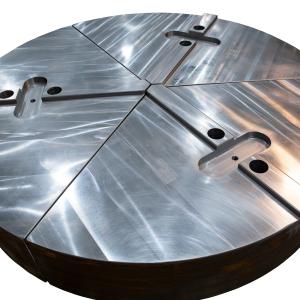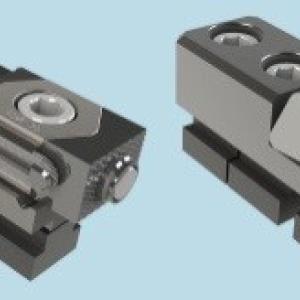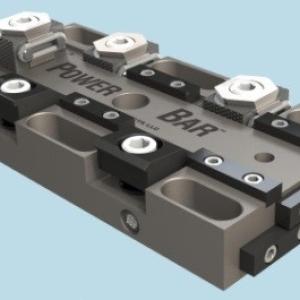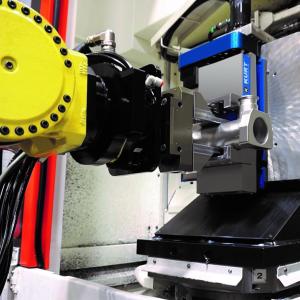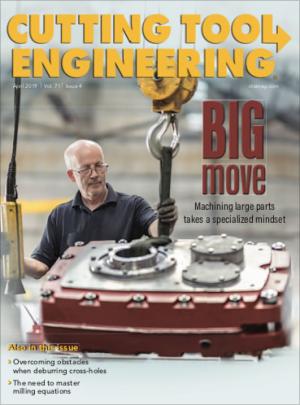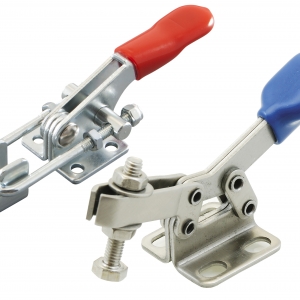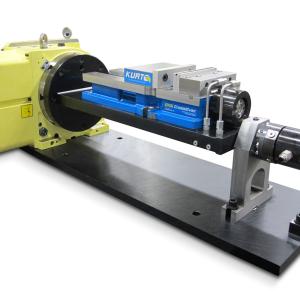Workholding
ISCAR's new Penta 17 line now for Swiss and Miniature Machining
Iscar's latest addition in the PENTA series introduces a new 5-cornered insert for machining miniature parts. The unique shape and design of the insert rekindles this legacy insert by opening new frontiers for additional applications. Standard inserts now available in a wide range of widths from 0.010" – 0.125", with different edge configurations for parting, grooving, back-turning, side-turning, profiling and threading. The insert and toolholders enable the machining of miniature parts with right and left capabilities next to the shoulder of the workpiece.

